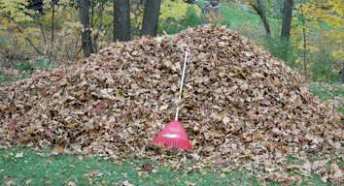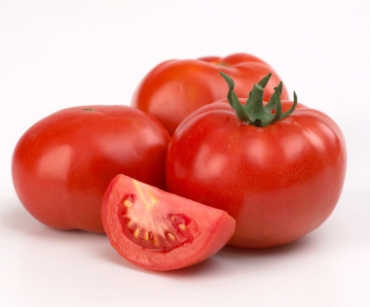Perhaps the use of new and more ominous terminology will convince nonbelievers that global warming caused by climate change is a reality. There is a possibility that our senses no longer are stimulated to initiate our fear and defense mechanisms when we hear terms like hurricane, tropical storm or even thunderstorm. However, one has to admit that “post-tropical cyclone” wakes you up, as does tsunami and derecho. The latter word even forces you to click on the online dictionary or Wikipedia so as to be informed of its meaning. For those of you clicking those sites now, it is a fast-moving violent thunderstorm complex, a counterpart to a tornado, that creates wind damage along a swath of more than 240 miles and produces wind gusts of at least 58 miles per hour.
Whatever the terminology needed to stimulate the senses of the global warming nonbelievers, it is difficult to imagine that anyone can look at the pictures of the storm aftermath in places like New York City and New Jersey (especially Atlantic City) and not realize that global warming with its extreme weather occurrences is for real. Let’s face it, even staunch Republican Chris Christie had a come-to-Jesus moment. I applaud him for totally putting aside political concerns and recognizing that the damage he sees today is for real, not a movie set of post-apocalyptic New Jersey. Hopefully, this experience will initiate conversation on strategies to make the environmental changes necessary to “turn the tide” in that state.
While some people still will point out that storms of this magnitude have occurred before, such as a similar occurrence on Long Island in 1938, experts agree that this storm delivered the worst damage in history to low-lying coastal areas. It shattered records going back to 1969 in terms of kinetic energy, which is a measurement of wind speed integrated over the width of an area where the wind is blowing. Also, it set a record in New York for the worst hurricane since the city was founded in 1624 due to its 9 foot storm surge on top of high tide, bringing water levels to 13.88 feet in the Battery.
It remains clear that proponents of green living support the movement to address issues of global warming and climate change and do not need catastrophic weather events to recognize that we need to take positive steps to save our planet. They will do that anyway for many reasons, whether they be practical, moral, ethical, spiritual, economical or what have you. However, let’s face it, now that Heaven and Earth have spoken, what more proof do the nonbelievers need?
In the coming days, let’s be safe, think green and live green.









